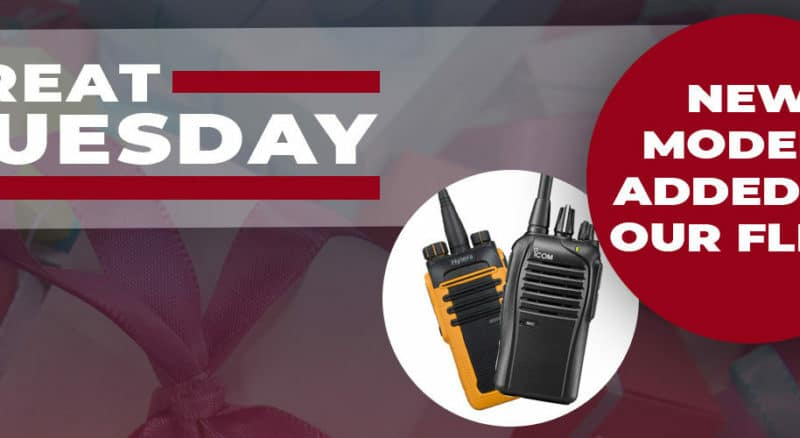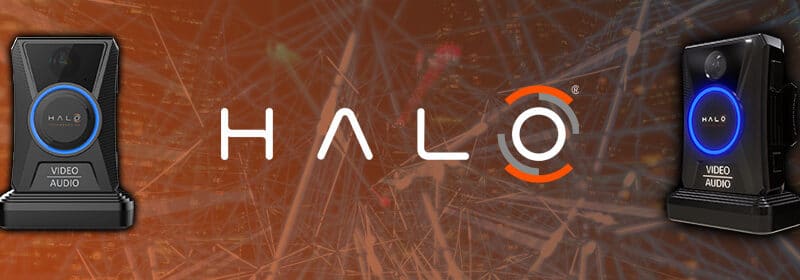Latest News
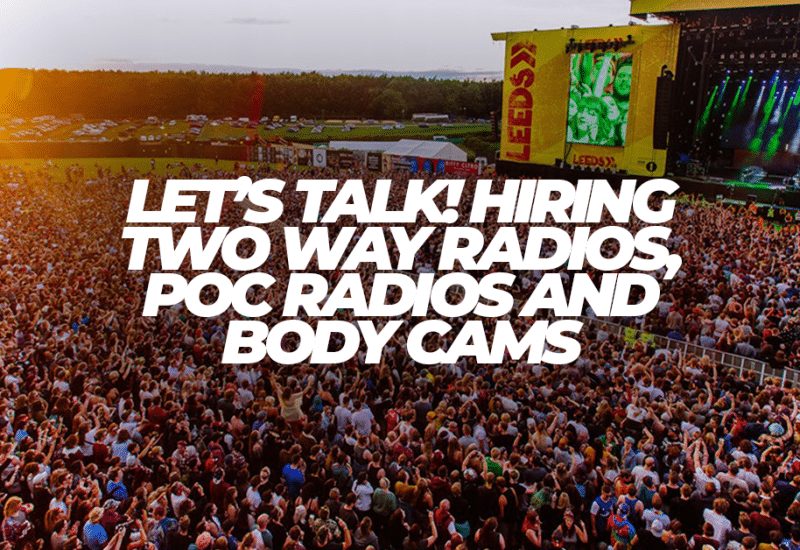
Let’s Talk! Hiring Two Way Radios, PoC Radios & Bodycams
Posted in Body Cameras, PTT Over Cellular, Radio Hire, Two-Way Radios 05th Nov 2021
Previously, we have touched upon 7 benefits of hiring two way radios, PoC radios, and bodycams. Let’s delve a little deeper into the benefits of hiring communication equipment with Digitall…
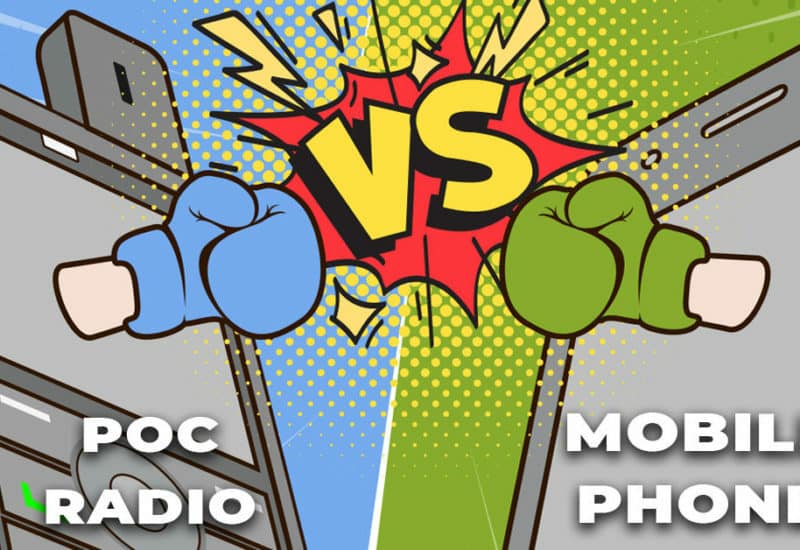
Push To Talk Over Cellular (PoC) vs Mobile Phones
Posted in PTT Over Cellular 30th Jul 2021
There is a lot of competition within communication devices on the market currently but choosing the right one for your business is important.
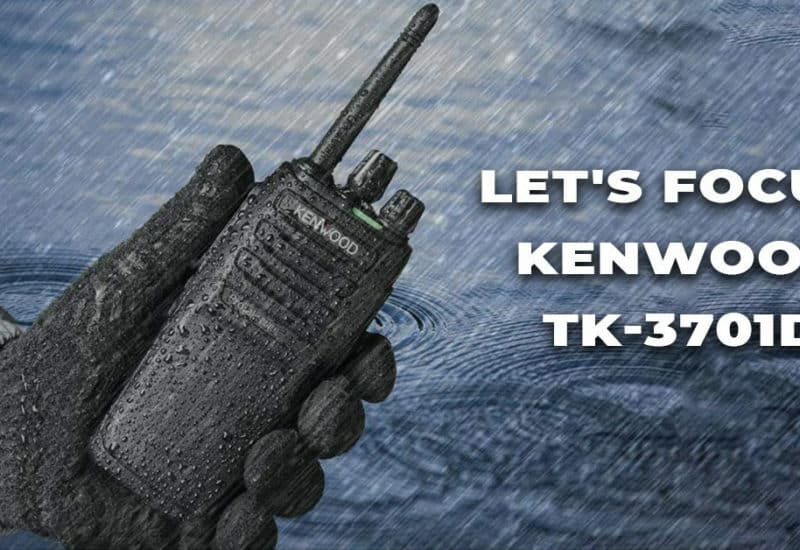
Let’s Focus: Kenwood TK-3701D
Posted in How It Works, Two-Way Radios 27th Jul 2021
The Kenwood TK-3701D is becoming a popular product amongst our customers. From security to schools, this licence-free radio is great for various industries. Let’s take a deep dive into the…

Manufacturers To Increase Two Way Radio Prices
Posted in Latest News 26th Jul 2021
The latest two way radio news this week comes from our manufacturers. Due to the market changes across 2020 and in 2021, Consam, Motorola, 3M, and Hytera have made the…
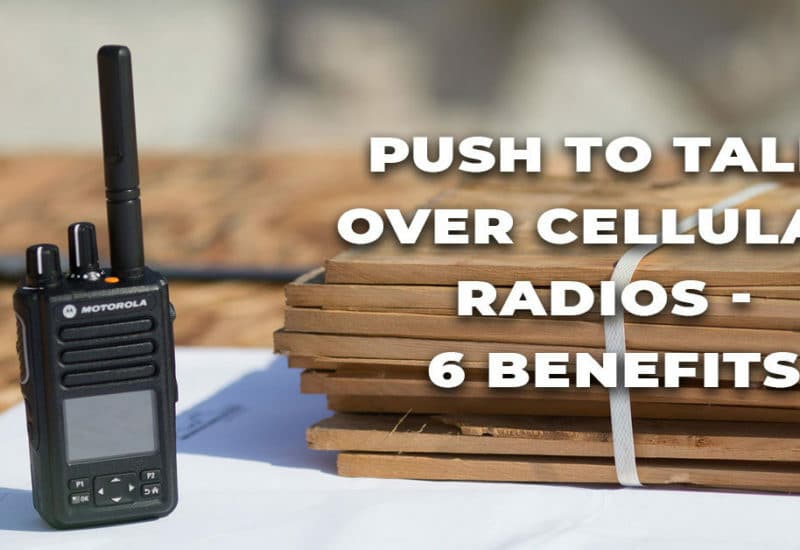
Push To Talk Over Cellular Radios – 6 Benefits
Posted in PTT Over Cellular 23rd Jul 2021
There are many benefits to push to talk over cellular radios, this can be down to the integration of both two way radio and mobile phone technology. We will go…
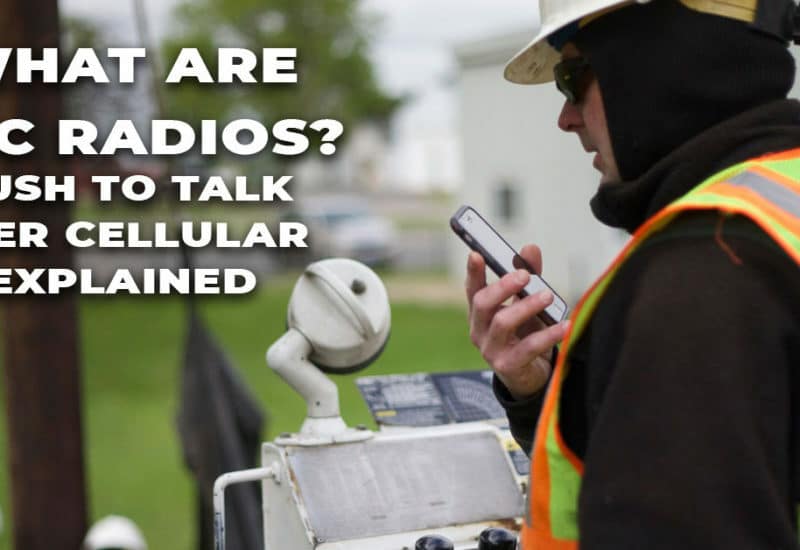
What are PoC Radios? Push To Talk Over Cellular Explained
Posted in PTT Over Cellular 02nd Jul 2021
PoC radios, or push to talk over cellular, is a two way radio meets mobile phone. It combines traditional radio functionality with modern mobile phone technology including using a SIM…
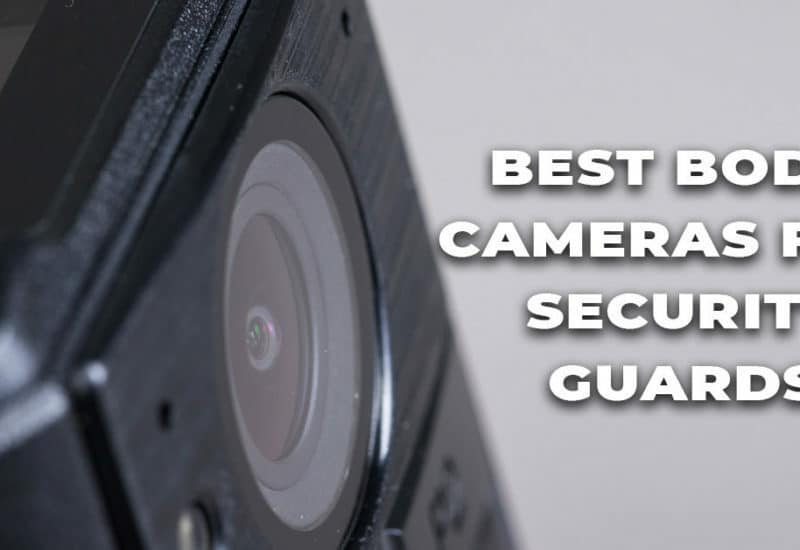
Best Body Camera For Security Guards
Posted in Two-Way Radios 10th Jun 2021
Finding the right body camera for your business can be tricky. There are so many to choose from but what is the best body camera for security guards? The simple…
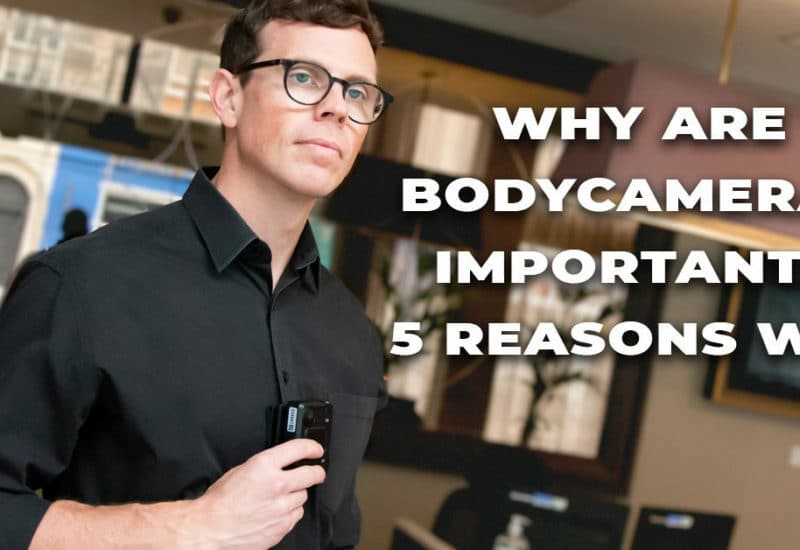
Why Are Bodycameras Important – 5 Reasons Why
Posted in Body Cameras 13th May 2021
Safety First Solve all incidents quickly and efficiently with an easy-to-use communication system. A body camera’s presence acts as a deterrent to theft and retail violence in the workplace. Hence,…
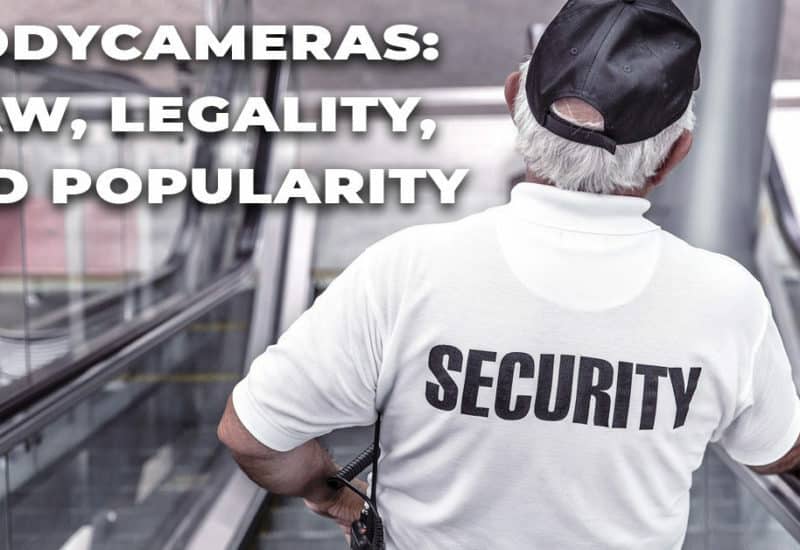
Bodycameras: Law, Legality, and Popularity
Posted in Body Cameras 06th May 2021
Over the last 10 years, bodycameras have been rising in popularity. With bodycams becoming a common form of technology, there come many questions in relation to law and legality. But…

